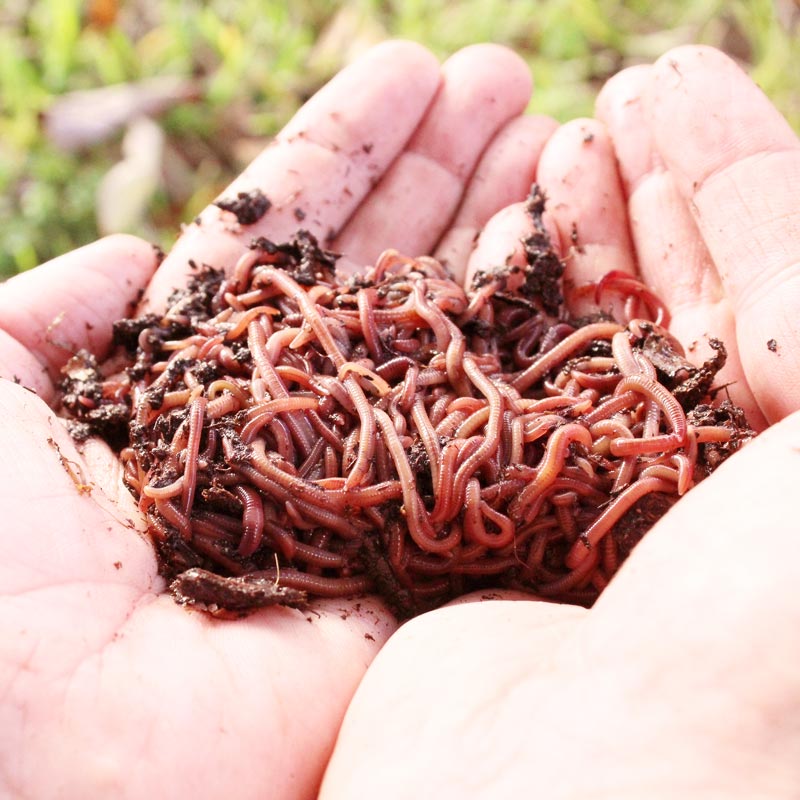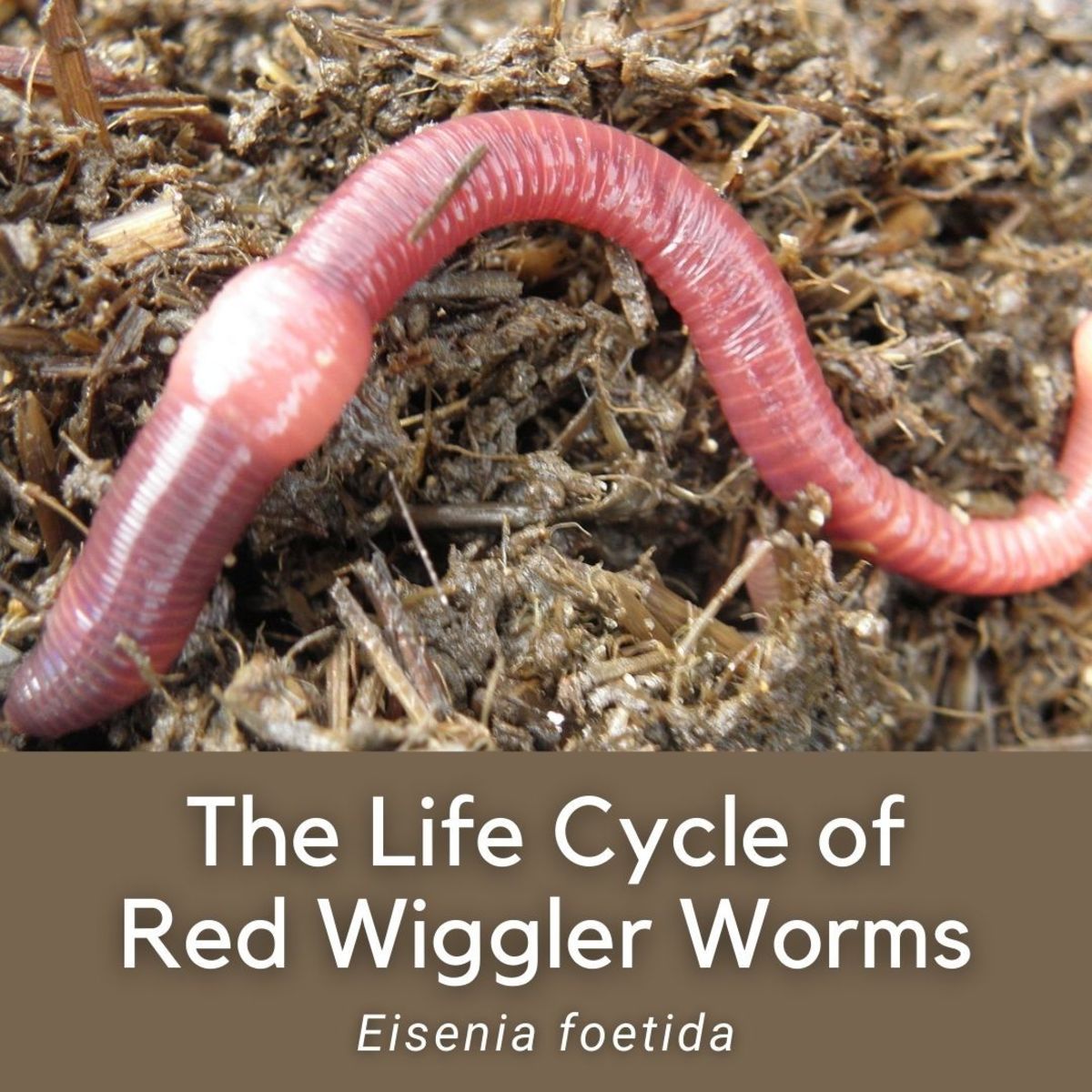Red Wiggler Worms - Natural Remedy for Green Composting
Red Wiggler Worms - Natural Remedy for Green Composting
Blog Article
Making Best Use Of the Benefits of Red Wiggler Worms: A Comprehensive Guidebook for Home Gardeners and Urban Farmers
In the realm of sustainable gardening methods, red wiggler worms stand as unrecognized heroes, silently changing organic waste right into nutrient-rich castings that can function marvels for dirt wellness. As home garden enthusiasts and urban farmers progressively look for affordable and eco pleasant methods to boost their gardens, the possible advantages of harnessing the power of red wigglers can not be overstated. From reducing kitchen waste to growing healthier plants, the application of these humble animals provides a huge selection of benefits. By exploring the ins and outs of exactly how to properly take care of and make best use of the advantages of red wiggler worms, individuals can open a wealth of chances for enhancing the sustainability and productivity of their horticulture ventures.
Comprehending Red Wiggler Worms
Red Wiggler worms, renowned for their reliable composting abilities, are a types of earthworms widely utilized in vermiculture practices. These worms, medically called Eisenia fetida, grow in decaying organic product, making them optimal prospects for composting (Red Wiggler Worms). Red Wigglers are ravenous eaters, qualified of consuming their own weight in organic waste daily. Their digestion process breaks down raw material into nutrient-rich castings, which are a valuable resource for enhancing soil and advertising plant growth.
One trick attribute of Red Wiggler worms is their reproductive price. These hermaphroditic animals possess both male and women reproductive body organs, permitting them to replicate swiftly under beneficial conditions. A fully grown Red Wiggler can create several spawn in a brief duration, ensuring a constant population within a composting system.

Establishing Up a Worm Bin
When establishing a worm bin for vermiculture objectives, appropriate preparation and interest to information are necessary for producing a helpful setting for Red Wiggler worms. Begin by choosing an appropriate container for your worm bin.

Area the worm container in a trendy, dark place far from straight sunlight and severe temperature levels. Regularly monitor the wetness levels, adding water if the bed linen really feels flaky or completely dry. Feed the worms a well balanced diet plan of fruit and veggie scraps, staying clear of citrus fruits, onions, and spicy foods. By adhering to these steps, you can establish up a prospering worm bin that will successfully process natural waste into nutrient-rich vermicompost for your garden.
Feeding and Maintaining Worms
Making sure a healthy and well balanced diet is vital for the wellness and performance of Red Wiggler worms in a vermiculture system. Red Wigglers are voracious eaters, capable of consuming their own body weight in raw material daily. To maintain a thriving worm population, it is vital to provide them with a range of food scraps such as fruit and veggie peels, coffee grounds, tea bags, and smashed eggshells. However, it is necessary to stay clear of feeding them citrus fruits, onions, garlic, milk products, meat, and oily foods as these can be unsafe to the worms or trigger unpleasant odors in the bin.
Appropriate dampness degrees are also essential for the health of Red Wiggler worms. By faithfully monitoring their diet plan, moisture, and ecological problems, home gardeners and metropolitan farmers can maintain a healthy and balanced and Web Site efficient Red Wiggler worm populace for composting purposes.
Harvesting Worm Spreadings
To effectively remove nutrient-rich worm castings from the vermicompost, a methodical harvesting procedure is essential for making best use of the composting advantages. Red Wiggler Worms. The first step in harvesting worm spreadings is to motivate the worms to move to one side of the container. This can be achieved by placing fresh food scraps on one side and leaving the opposite uninterrupted for a couple of days. As soon as the majority of worms have dodged with fresh food, the castings can be gathered from the opposite side.
After the spreadings have actually been collected, it is necessary to divide any kind of continuing to be worms from the castings to stay clear of harming them throughout storage space or application. One effective technique is to produce conical piles of castings under bright light. Worms will naturally move away from the light, allowing for simple separation and elimination.
Lastly, the collected worm castings should be saved in a great, dark, and dry place to keep their top quality and efficiency as a nutrient-rich soil change. By adhering to these actions, home garden enthusiasts and metropolitan farmers can optimize the benefits of red wiggler worms in their vermicomposting systems.
Making Use Of Worm Castings in Horticulture
The unification of nutrient-rich worm spreadings into garden dirt can substantially enhance plant development and total dirt health and wellness. Worm castings, likewise called vermicast, are an all-natural plant food generated by red wiggler worms as they break down organic issue. These spreadings are rich in essential nutrients like nitrogen, phosphorus, potassium, and valuable germs that promote plant development and boost dirt framework.
When making use of worm spreadings in gardening, it is vital to mix them completely into the dirt or use them as a leading dressing around plants. The slow-release nature of worm spreadings ensures a consistent supply original site of nutrients to plants with time, lowering the risk of nutrient leaching and promoting lasting soil fertility. Additionally, worm castings aid improve dirt aeration, water retention, and microbial activity, creating a healthy and balanced atmosphere for plant origins to prosper.

Conclusion
In conclusion, the application of red wiggler worms in home horticulture and urban farming can significantly benefit soil health and wellness and plant growth. By comprehending exactly how to establish up and preserve a worm container, feed the worms properly, and gather their nutrient-rich castings, garden enthusiasts can take full advantage of the advantages of these earthworms.
In the realm of lasting gardening techniques, red wiggler worms stand as unsung heroes, silently changing natural waste right into nutrient-rich castings that can work wonders for dirt health.When establishing a worm bin for vermiculture objectives, appropriate prep work and interest to information are crucial for creating a helpful setting for Red Wiggler worms. The very first step in collecting Continued worm castings is to motivate the worms to move to one side of the container. Worm spreadings, additionally recognized as vermicast, are a natural plant food generated by red wiggler worms as they break down natural issue. By recognizing exactly how to establish up and preserve a worm container, feed the worms correctly, and gather their nutrient-rich spreadings, garden enthusiasts can take full advantage of the advantages of these earthworms.
Report this page